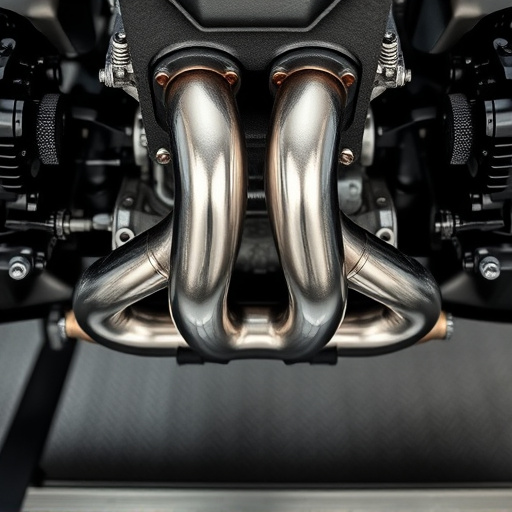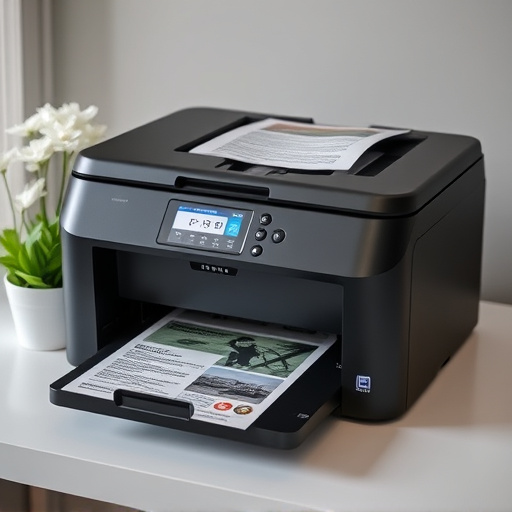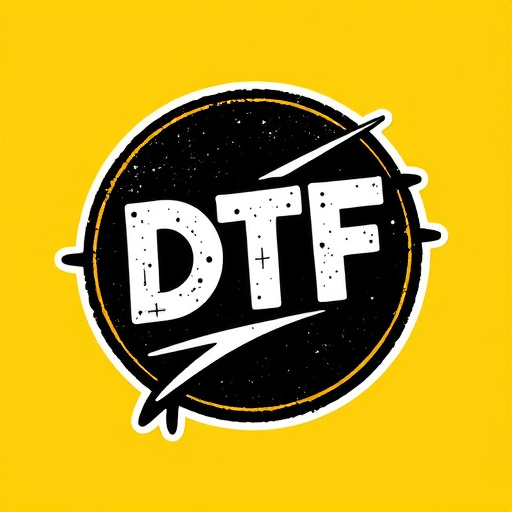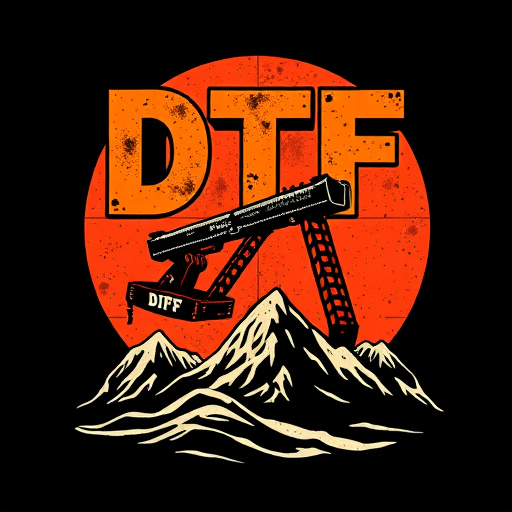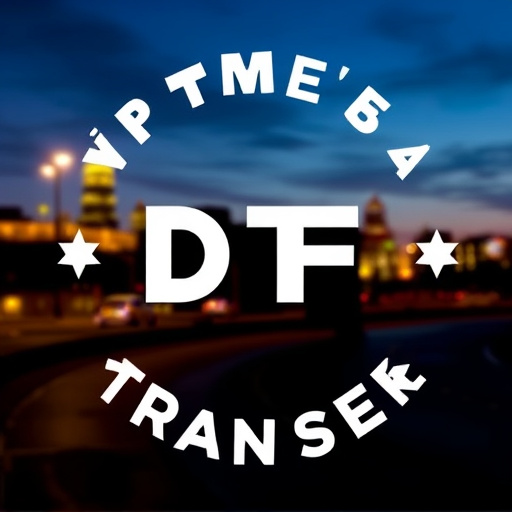Direct-to-Film (DTF) technology seamlessly combines digital content with traditional cinema, offering an immersive viewing experience. Professionals in this field utilize cutting-edge equipment and software to convert digital data into film format, preserving high quality, color, and atmosphere. The process begins with evaluating source material, followed by preparation, conversion to film-ready format, and physical creation of film stock at professional labs. Color accuracy is maintained through meticulous calibration and quality control measures. DTF transfers overcome challenges like large file sizes and image quality variations using advanced software and hardware solutions. Increasing consumer demand for high-quality personalized content has driven the popularity of DTF, with promising future prospects across various sectors.
In today’s digital age, direct-to-film (DTF) transfers have emerged as a game-changer for customers seeking high-quality film products. This comprehensive guide delves into the professional creation of DTF transfers, exploring essential aspects from equipment and technology to color accuracy and common challenges. We navigate the process, from source material preparation to the final film product, ensuring optimal quality and consistency. Stay ahead with market trends and insights into the future of DTF transfers, as we revolutionize the way customers experience film.
- Understanding Direct-to-Film Transfers: A Professional's Perspective
- Equipment and Technology for Optimal DTF Transfer Quality
- The Process: From Source Material to Final Film Product
- Ensuring Color Accuracy and Consistency in DTF Transfers
- Common Challenges and How to Overcome Them in DTF
- Market Trends and Future of Direct-to-Film Transfers for Customers
Understanding Direct-to-Film Transfers: A Professional's Perspective
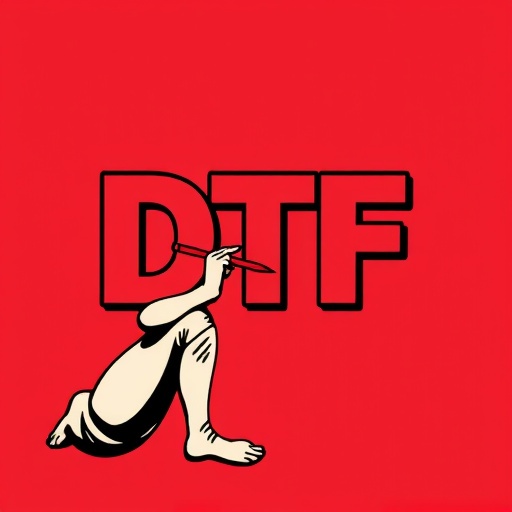
Direct-to-Film (DTF) transfers are a cutting-edge process where digital content is seamlessly integrated into a film medium, offering a unique and immersive viewing experience. From a professional’s standpoint, this technology bridges the gap between the digital realm and traditional cinema, providing an innovative way to present content. It involves advanced techniques to capture and convert digital data into a film format, ensuring a high-quality transfer that retains all the essential visual and audio elements.
In the world of DTF, professionals play a pivotal role in mastering this art. They are tasked with optimizing the conversion process, ensuring color accuracy, and preserving the intended atmosphere of the original content. By utilizing specialized equipment and software, these experts can navigate the intricate process, delivering exceptional results that captivate audiences.
Equipment and Technology for Optimal DTF Transfer Quality

The professional creation of direct-to-film (DTF) transfers requires a combination of cutting-edge equipment and advanced technology to ensure optimal quality. At the heart of this process lies specialized cameras capable of capturing high-resolution images, often with 4K or even 8K resolution, providing an unparalleled level of detail. These cameras are designed to mimic the look and feel of traditional film, complete with grain structure and color saturation, creating a unique cinematic aesthetic.
Furthermore, sophisticated software plays a crucial role in post-production, enabling professionals to enhance and refine the transferred images. This includes tools for color grading, noise reduction, and edge enhancement, all working together to produce a final product that rivals traditional film stock. The use of high-quality printers and inks is also essential, ensuring accurate color reproduction and sharp detail across the entire frame, resulting in visually stunning DTF transfers that capture the essence of cinematic art.
The Process: From Source Material to Final Film Product
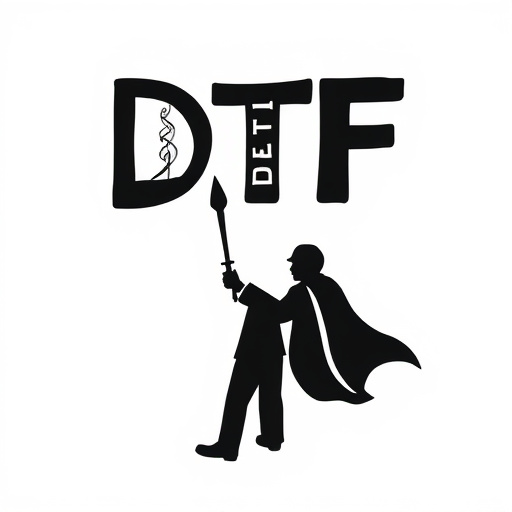
The process of creating direct-to-film (DTF) transfers for customers involves several meticulous steps to ensure a high-quality final product. It begins with the source material, which can be anything from vintage home movies to modern digital recordings. This raw footage is carefully evaluated to determine the best approach for conversion, considering factors like resolution, format, and desired end-use.
Next, the source material is prepared for scanning or recording. This might include cleaning and repairing the original to enhance its quality. Once ready, the footage is scanned or recorded at a high resolution to capture every detail. Advanced equipment and specialized software are then employed to convert the digital data into a format suitable for film processing. The image is carefully color-corrected and adjusted for optimal visibility on the big screen. Finally, the enhanced digital file is sent to a professional film lab, where it’s transformed into physical film stock, ready for customers to cherish and share their cinematic memories forever.
Ensuring Color Accuracy and Consistency in DTF Transfers
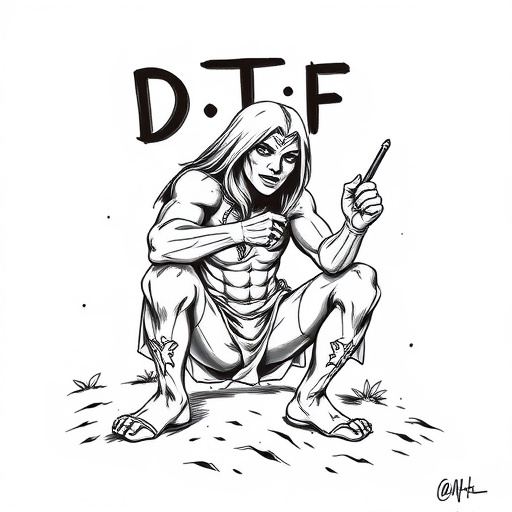
Maintaining color accuracy and consistency is a critical aspect of direct-to-film (DTF) transfers, ensuring the final product meets customer expectations. This process involves meticulous calibration and advanced techniques to match the source material’s colors precisely. By utilizing specialized equipment and expert knowledge, professionals can calibrate their systems to reproduce rich hues, subtle shades, and vibrant tones, creating a visually appealing and accurate transfer.
Color consistency is achieved through rigorous quality control measures. Professionals carefully inspect each frame, using industry-standard color profiles and software to ensure the colors remain true across the entire duration of the film. This attention to detail guarantees that the DTF transfer not only looks authentic but also maintains its visual integrity, providing customers with a high-quality, color-consistent product.
Common Challenges and How to Overcome Them in DTF
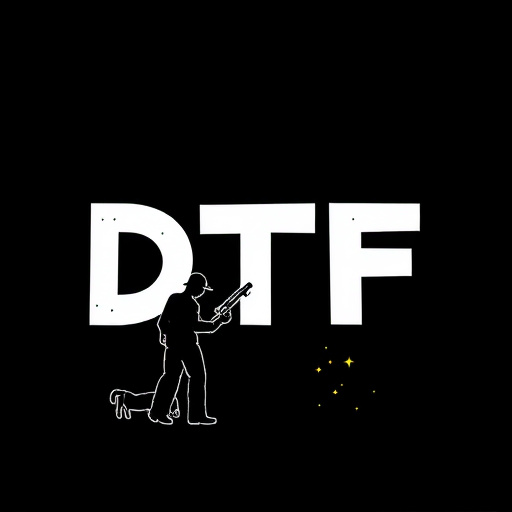
Direct-to-film (DTF) transfers present several unique challenges, from maintaining image quality to ensuring color accuracy across various formats. One of the primary hurdles is dealing with file size and resolution—high-quality video requires substantial bandwidth and processing power, demanding efficient compression techniques without sacrificing visual fidelity.
To overcome these obstacles, professionals in the DTF field employ sophisticated software and hardware solutions. Advanced editing tools allow for precise cutting and trimming, minimizing unnecessary data while preserving essential elements. Additionally, utilizing specialized color grading techniques helps calibrate colors, ensuring a consistent viewing experience across different devices. By staying abreast of industry standards and continuously refining workflows, experts in direct-to-film transfers can deliver exceptional results, addressing common challenges head-on to meet customer expectations.
Market Trends and Future of Direct-to-Film Transfers for Customers
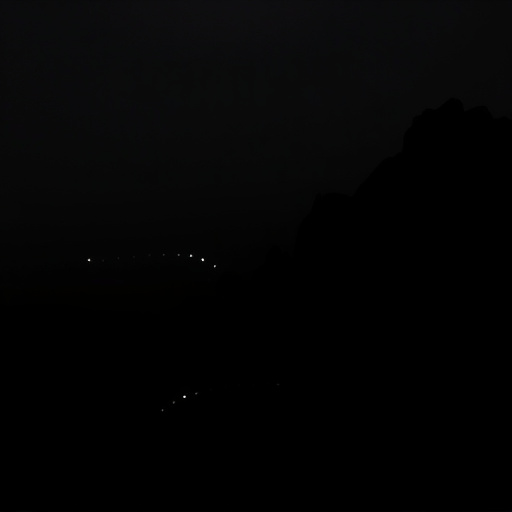
The direct-to-film (DTF) transfer process has seen a significant rise in popularity, driven by advancements in technology and evolving consumer preferences. As customers increasingly demand high-quality, personalized content, DTF offers an innovative solution for businesses to meet these demands. This trend is further fueled by the accessibility of digital cameras and smartphones, allowing for easy capture and sharing of memories, which has created a substantial market for direct-to-film services.
Looking ahead, the future of DTF appears promising, with potential growth in various sectors. From personal mementos to professional content creation, DTF technology enables the preservation and enhancement of visual stories. As resolution standards improve and printing techniques evolve, the quality of these transfers is expected to rise, catering to a broader range of customers seeking unique, tangible representations of their digital moments.



